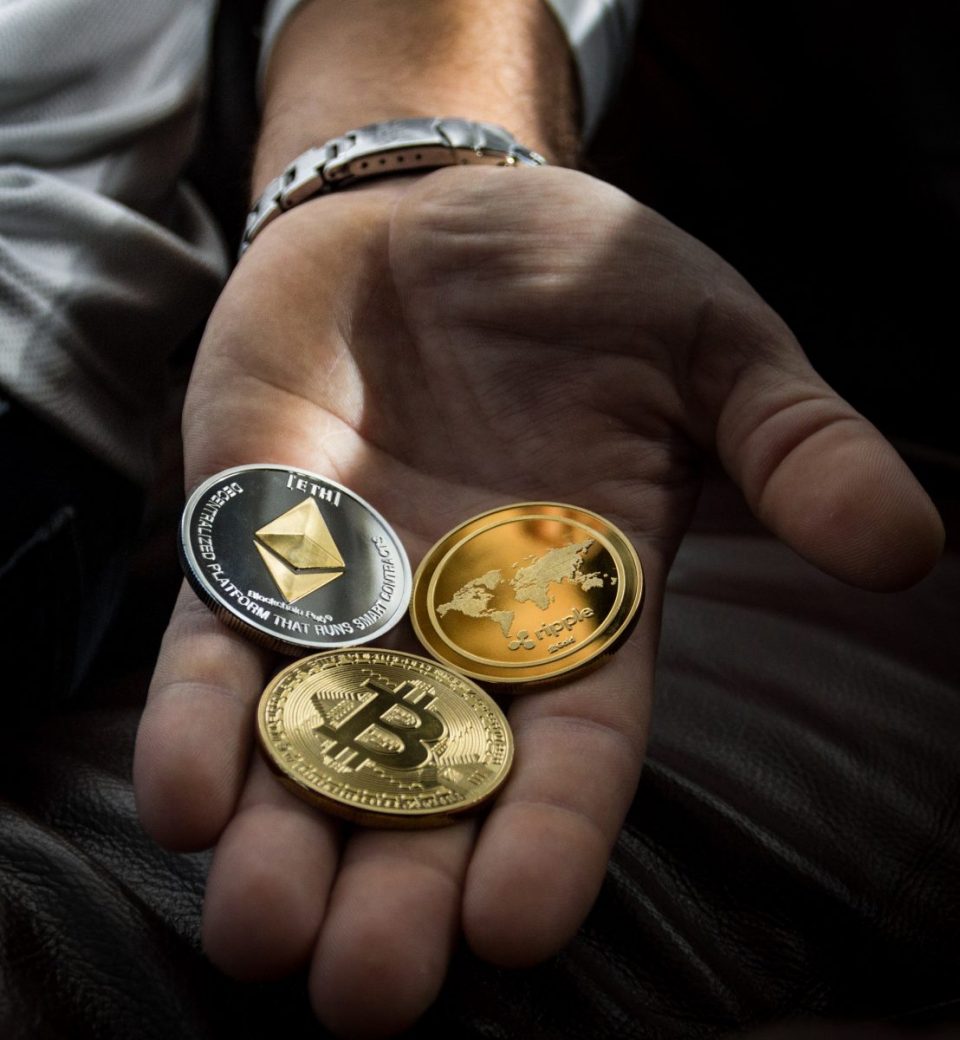Jonathan Squires heads Currency.com, a top platform for digital asset trading that features a broad spectrum of fiat and digital currencies with a focus on crypto and tokenised assets. Squires was previously CEO of iBus Media, part of the Stars Group. With his traditional MBA background, he is one of the new bunch of leaders in crypto who are driving the expansion in decentralized finance and tokenised asset markets.
 As part of The Fintech Times focus on digital currency this month, Squires talks about how digital currencies have revolutionised the trading industry, and how ‘open’ fintech will continue to transform access to both fiat money and tokenised assets in the near future.
As part of The Fintech Times focus on digital currency this month, Squires talks about how digital currencies have revolutionised the trading industry, and how ‘open’ fintech will continue to transform access to both fiat money and tokenised assets in the near future.
How quickly has the world of digital currencies changed on your platform?
All of this has moved very quickly by almost any standard. Just last year, we were launching the first tokenised exchange of its kind. Now, we have over 1,700 tokens reflecting major financial instruments from stocks, indices to commodities like oil and coffee.
Fintech itself is on a rapid trajectory, but the tokenisation of assets is going to happen even more quickly, and it already is taking place. It addresses a lot of core problems about traditional banking that are due to become obsolete!
We’ve heard of open banking and open data, how have digital currency exchanges like Currency.com opened a channel for both fiat and crypto transactions?
The word “open” is the right word. Currency.com always had a goal to offer access to major financial instruments to crypto holders, and we believe that we’ve done exactly that. Of course, you can trade crypto to fiat like any other exchange, but we also add that ability to invest directly into tokens which perfectly mirror the most popular assets on the NYSE or FTSE100. The value we add is being able to do that without losing the value of your crypto by bouncing it through fiat and paying a traditional broker to buy the asset.
Where do you see tokenised assets going in the future? Do you envision a peak at any point?
No, not at all. It’s a different medium for the same centuries-old pain point between value holders and investors. The trading sector we’re in is massive and complex, and there are other companies such as Liquefy, Polymath and Red Swan doing great things in the real estate market.
Here’s the thing with tokenised and digitized assets: there are so many different applications that it’s going to take a while to reach any kind of saturation. We’ll see a large number of industries disrupted, and we’ll see many micro-innovations happening over the next few years. We’re just now getting started – the global community is dipping its toe in the water of decentralized finance and tokenised assets.
Why do you think mobile phones have become the most popular vehicle to use or trade digital currencies?
There’s an easy answer for this one, and it’s the same answer as to why we use mobile phones at all.
A lot of this is ergonomic – it’s about access and convenience. Basically, people want to be trading from wherever they are because they get news and inspiration in real-time, and they’re probably not sitting at the desk staring at a desktop screen. That’s the answer. Responsive design means an interface that you can use any time of the day or night, and desktop is abundantly not that.
In terms of regulation, where do you think are the geographical hotspots either getting it right or going in a good direction?
There are any number of places where countries and communities are moving toward enabling all kinds of innovative digital asset participation.
It tends to come from those regions which are younger, agile and dominated by entrepreneurs – Israel, Gibraltar, Lithuania, Belarus and Singapore. Japan is the only “traditional” market to take a leadership position on crypto.
The larger countries are always going to be slower, because either they have a weak state fiat currency to protect or there is an entrenched financial centre with powerful stakeholders at policy level.
Have you had to implement any changes since COVID-19?
Saying that COVID-19 changed everything is not an understatement!
Currency.com has international offices so the team is used to working remotely from each other, and our audience spans all time zones. Internally, we’ve had to look at the same virtual systems and contactless options that anybody else in other markets needs. We’re taken the changes in our stride, as has everyone else in our sector.
How easy is it to predict customer behaviour? Can you figure out what drives people to trade digital currencies through socio-economic patterns for instance?
That’s an interesting one. Yes, we can anticipate popular instruments – if Elon Musk is smiling about something, we’re likely to see people come to find Tesla. But this is more news-driven than socio-economic. We’re very careful about remaining neutral on our platform because it’s not our job to offer investment advice.
Having analysed our data, however, I was surprised when I joined the company at the scope of our audience base. Yes, there’s a skew towards the more digitally native clients, but many of them are older, sophisticated and financially independent. The spectrum of our traders is quite broad, probably because the common appeal is our regulation rather than other more casino-like unregulated crypto exchanges.
Geographically, where do you think we will see a growth of users trading digital currencies in the future?
We can broadly identify those geos where people are more willing to trade in crypto as a base currency however. They tend to be where the investors don’t have access to major financial instruments such as Tesla or crude oil, or it’s cost-prohibitive for them to trade using traditional methods. Also, many investors come from regions where they don’t have faith in the stability of their local national currency and they’re looking to get value out of their crypto holdings.
On a larger scale, we need to differentiate between crypto versions of state currencies (e.g. the Chinese or EU proposals) and those which are truly decentralised. The Baltics and CIS have always had a lot of momentum in this market, and I’d expect to see their entrepreneurs continue to disrupt traditional financial markets.
We hear words like ‘education’ a lot when it comes to tokens and crypto assets, do you think the general public is still relatively uninformed?
Yes, I do.
One of the biggest gaps, exemplified with Bitcoin and other crypto projects, is the difference between how useful these assets are to the average individual, versus how seldom they are being used. The indecision at national policy level feeds into the fear that anything crypto is scary.
So, we’re working with those regulators who are recognised and are able to understand what we’re doing. At a state level, the US is improving bit-by-bit, but at a federal level I think they’ll be stuck for a while. After Zuckerberg’s Senate grilling in 2018, I don’t hold out hope for deep digital or crypto expertise at policy level for a while.
People just haven’t caught on yet to how you can hedge against inflation with Bitcoin, how you can protect yourself from markets (unlike your 401(k),) and how you can diversify, which even the lowliest financial advisor will confirm is absolutely important. All of it just seems too obscure for the man on the street, but we’re trying to change that by bringing public awareness to the table.
In your view, what will bring digital currencies to the forefront of mass public interaction?
People are becoming more familiar with cryptocurrencies over time, and then they’ll make their way into tokenised assets. I’m sure they’ll be driven by individual finance professionals, the same people that we now trust to handle our stock portfolios and or 401(k)s and retirement accounts. But there are those early adopters who build fortunes as the rest slowly join the party.



